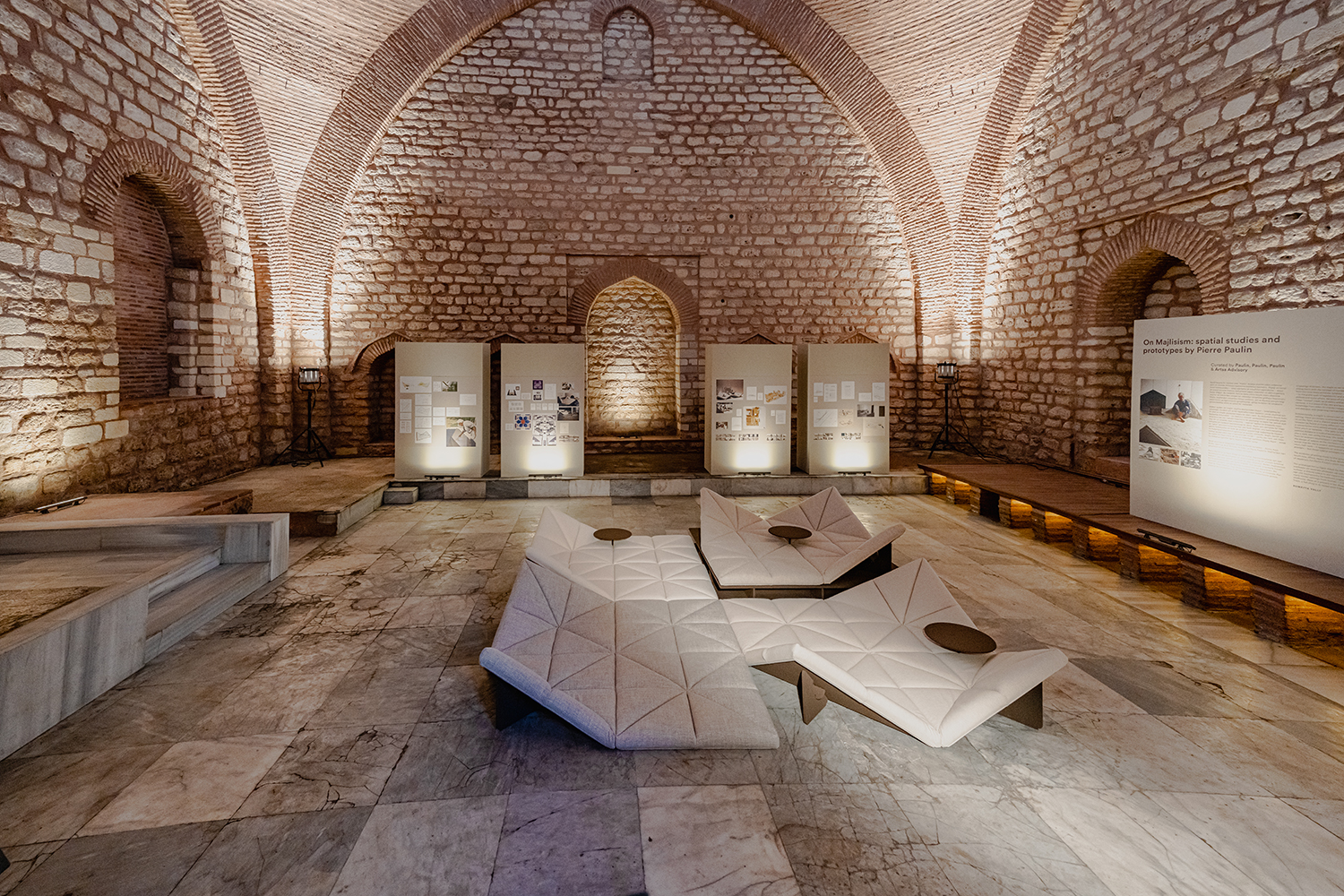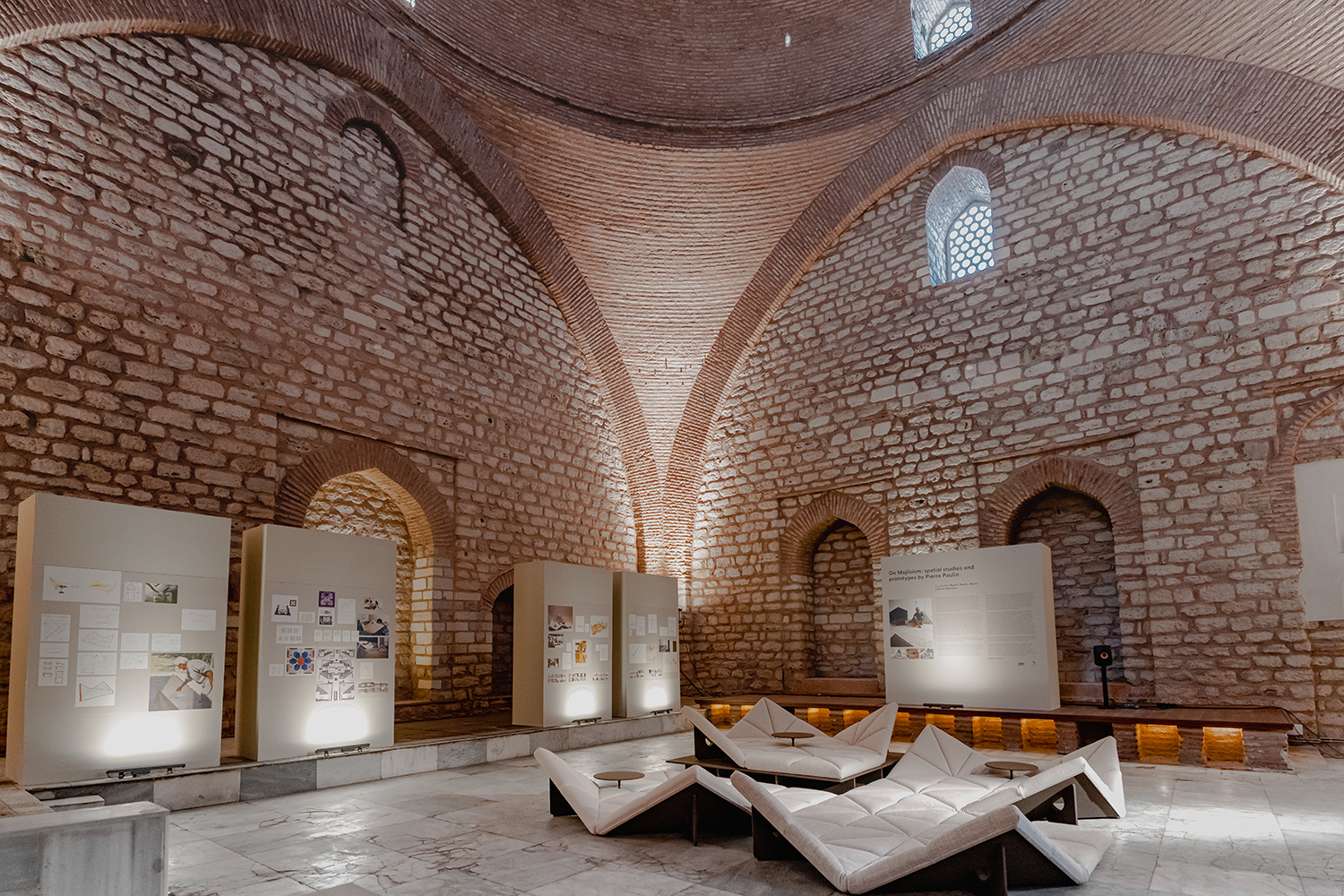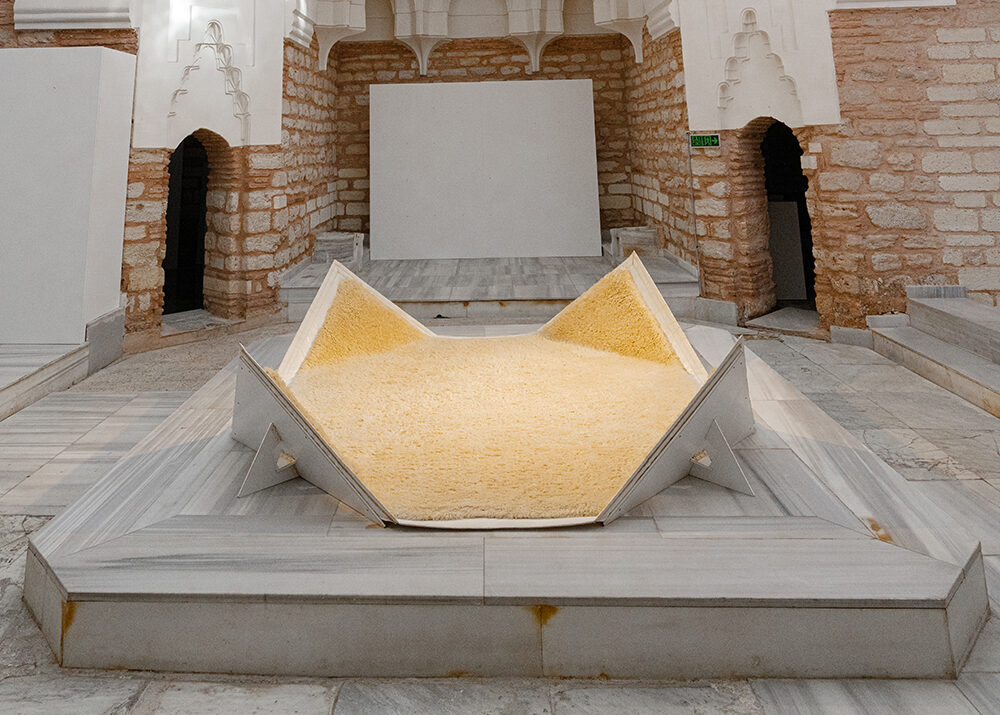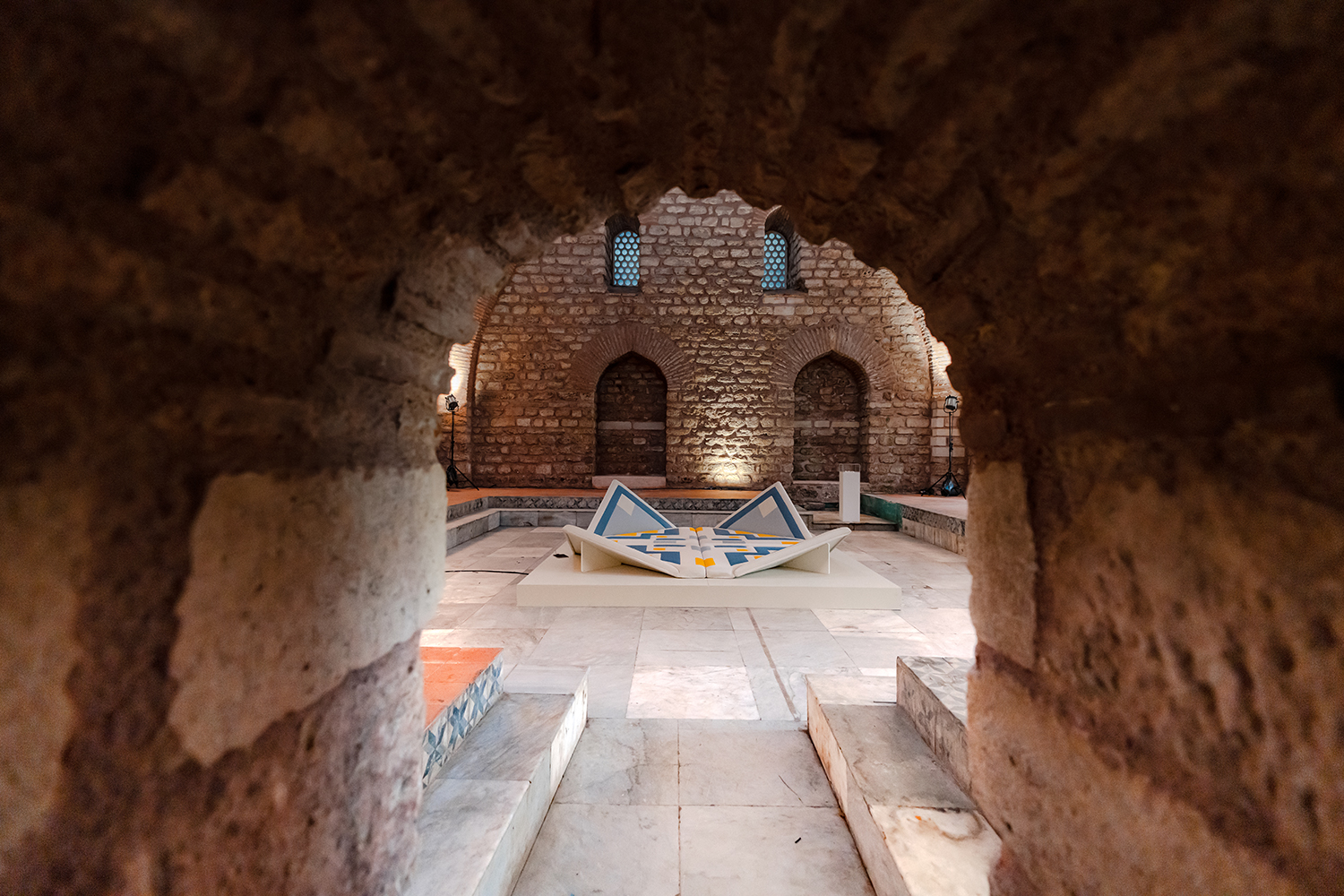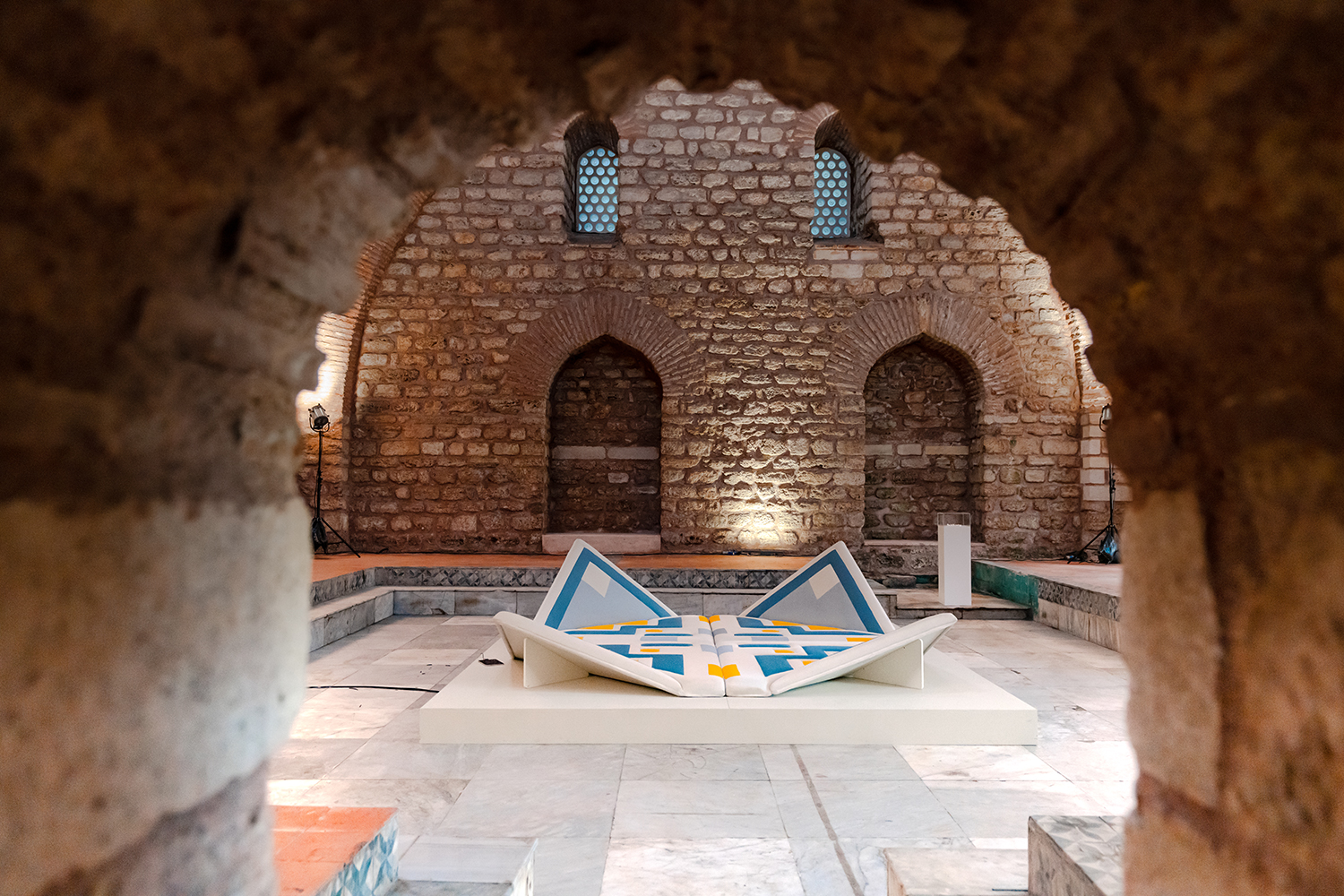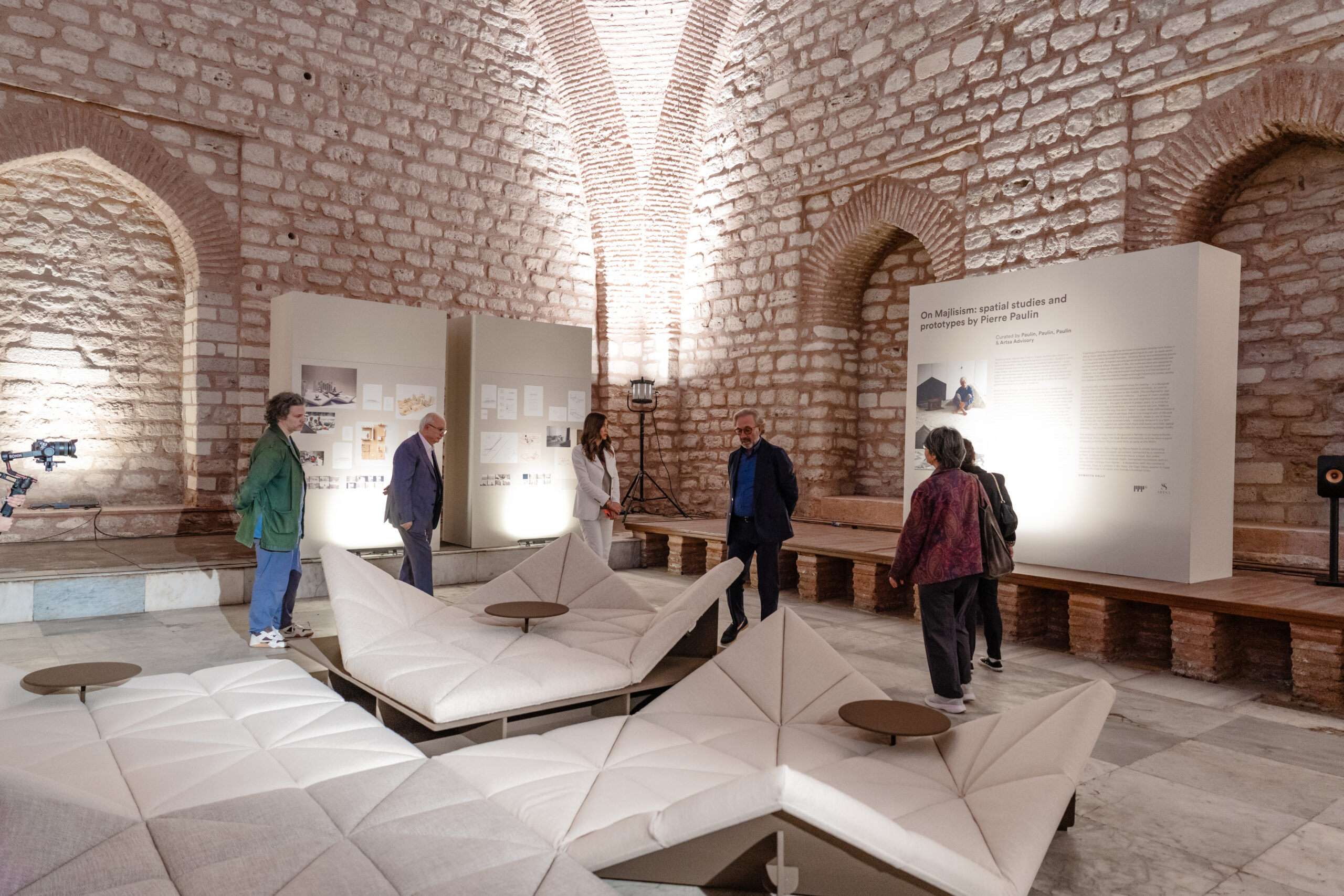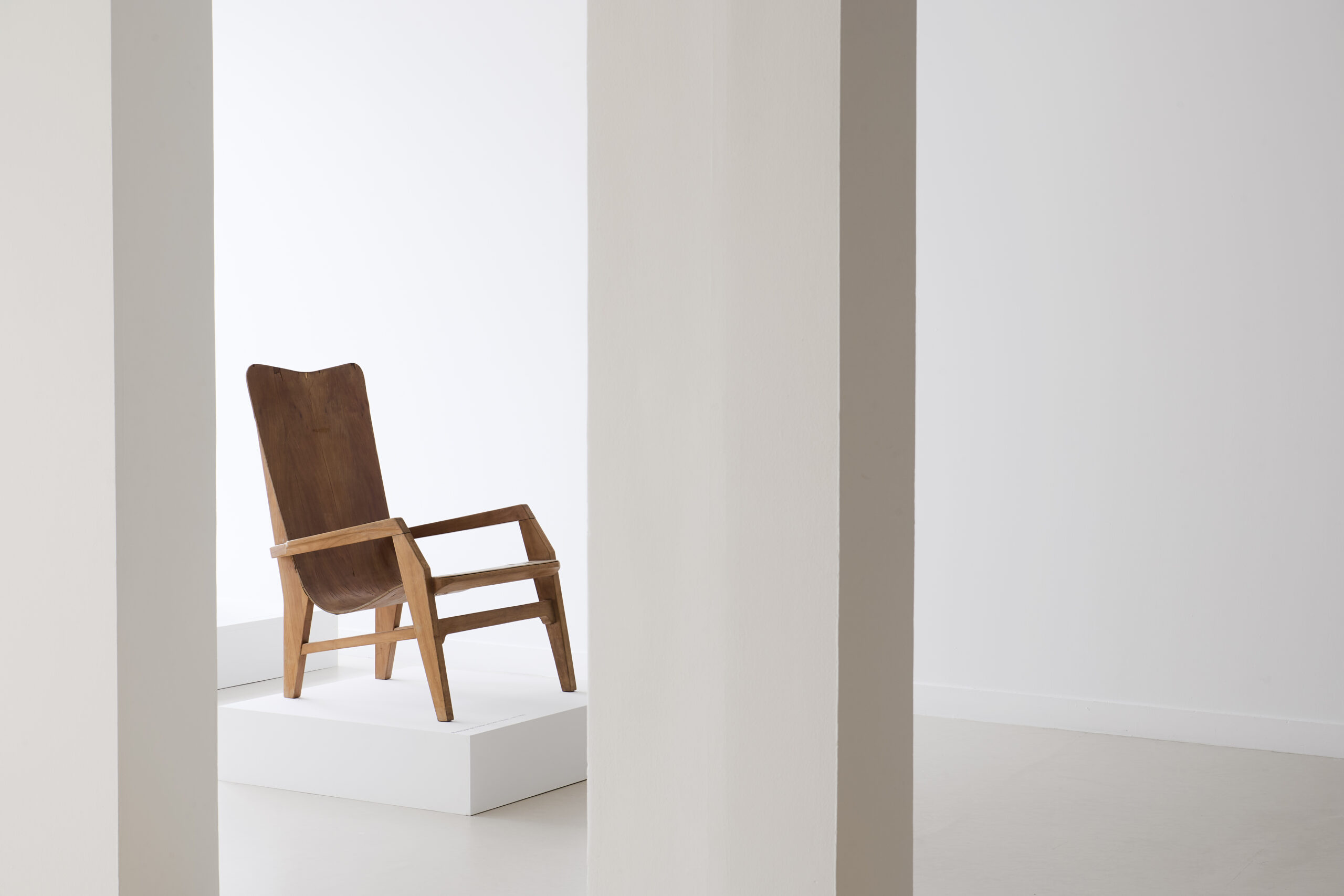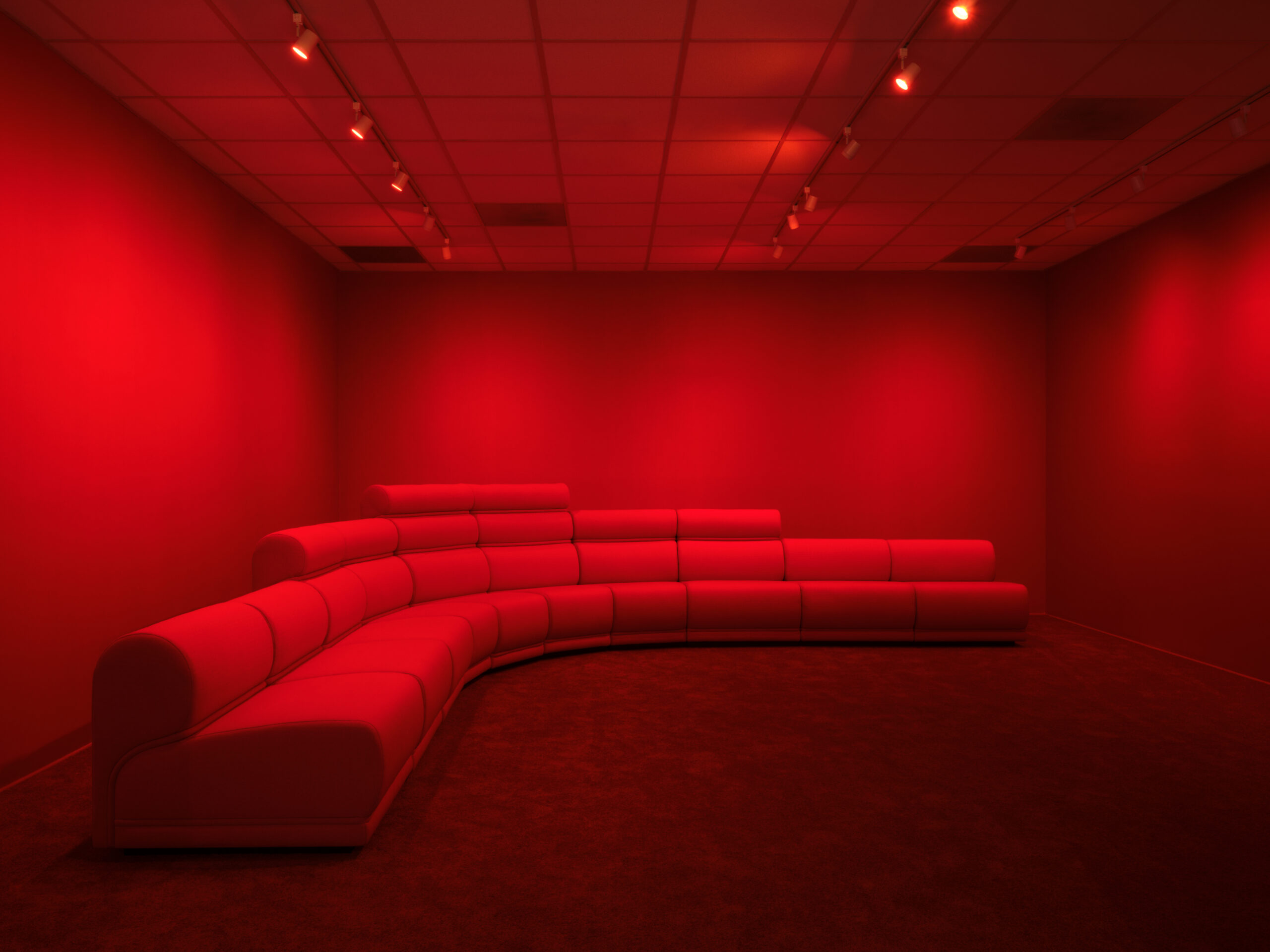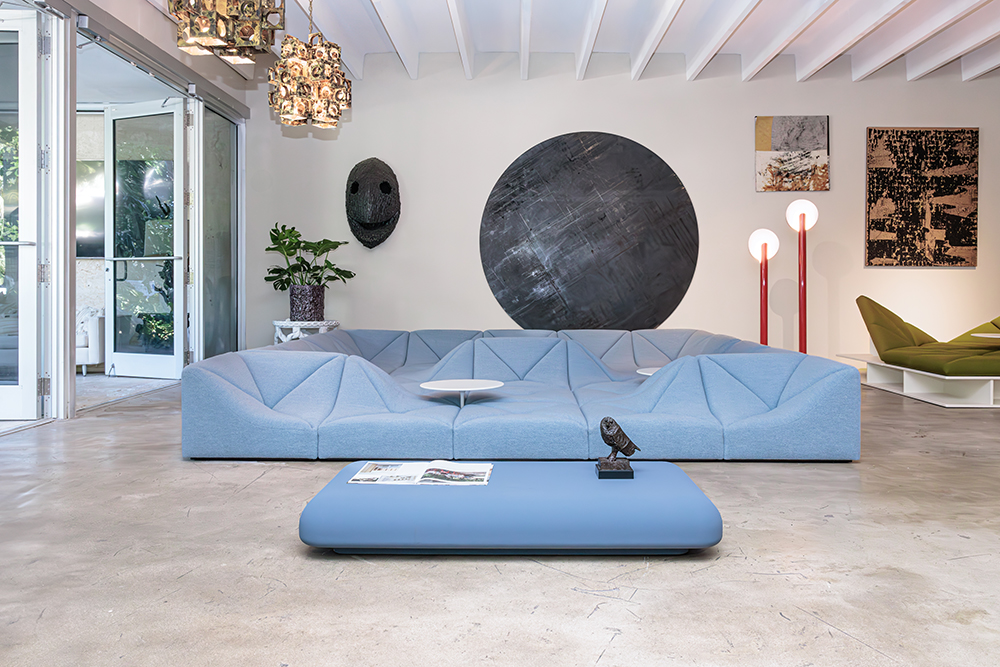A typology of its own, the majlis as we know it translates directly from Arabic to sitting room, with the concept of humble gathering at its core. Its scale varies from the most basic domestic function – hosting family and entertaining guests – to the grand scale of legislatures and administrative bodies deliberating over political and social affairs. Because of this, the word was later also adopted to mean “council” made up of elders and leaders in many Islamic countries and context...
A typology of its own, the majlis as we know it translates directly from Arabic to sitting room, with the concept of humble gathering at its core. Its scale varies from the most basic domestic function – hosting family and entertaining guests – to the grand scale of legislatures and administrative bodies deliberating over political and social affairs. Because of this, the word was later also adopted to mean “council” made up of elders and leaders in many Islamic countries and contexts. It is a space of the oral and aural; and learning and transmission of knowledge from elders to children happens through listening to stories, poetry and dialogue; and observing mannerisms and etiquette.
Architecturally, a majlis is composed of areas for seating – in a designed setting, these are simply cushioned backrests and armrests; an area to sit on the floor; and a shared space in the middle. This configuration can however be found in many different contexts – a group of chairs outside a convenience store where people share tea and neighbourhood news, a front porch or veranda – the gate to which is always open, or a circle for political debate in a radical bookstore, in which anyone can join.
Read more
